With over 30 years since the first documented case of AIDS, the stigma attached to the deadly disease may have wavered, but isn’t completely gone.
According to the Centers for Disease Control and Prevention, there are more than a million people who have contracted HIV in the United States. Out of that number alone, one out of eight people don’t even know they have the disease. In some cases, an individual will not find out and take the diagnosis with them to the grave.
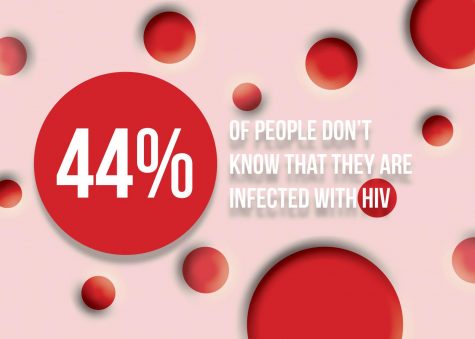
Chau Kelly, associate professor of history, has lived through the initial discovery and the passive reaction of today.
“In the eighties, we were terrified,” Kelly said as she reflected on her time as a college student during the height of the epidemic.
Unlike today, the words HIV and AIDS couldn’t be missed in local and national media day after day.
Early on, the disease, now commonly known as HIV/AIDS, didn’t have a name. The nameless disease increased the fear in the American public, especially college students. Kelly can recall how the fatal disease was in front of everyone’s mind on her campus.
The commonly known stigma for HIV/AIDS first got its legs when the first group to publicly be diagnosed were gay males.
“It [the stigma] has undergone some interesting changes,” Kelly said. “Once it left the gay community and was no longer perceived as a gay-only disease, then the push came for more education and more intervention.”
Rolling into the 90s, education on how to combat this new reality increased. How to approach the “dirty words” was still a debate among conservatives and educators, especially those in the Bible Belt region, which includes Florida.
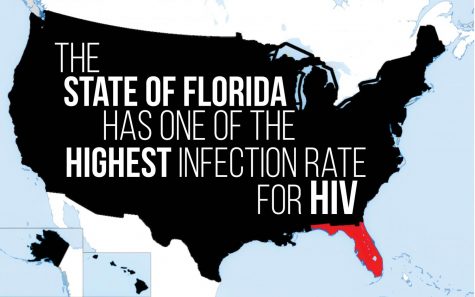
As the calendar flipped to the 2000s, the level of awareness plummeted as less students had the opportunity to experience an educational program at their local schools. The prime age of learning about HIV/AIDS has been hit the hardest in recent years. This has led to more cases in younger people, particularly those in the age range of 13 to 24.
“The younger generation is perceiving HIV and AIDS as more as a chronic illness instead of something that is lethal,” Kelly said.
While the awareness has decreased, there are still ways to get tested and learn one’s status on and off campus. Once a month, a mobile testing bus comes to UNF for free rapid testing. Within a 15 minute span, a person can learn their status and be back on their way.
New medicine has become key in how this recent generation views the true effect of the disease as less people are dying en mass compared to the 80s and 90s.
While infection rates have gone down in different areas, Florida’s rate has continued to rise. Kelly sees having an honest talk in the classroom and between partners is key to prevent the spread of HIV/AIDS.
“Be aware of your status and ask your partner. Don’t be afraid of that question. If you are, then maybe you might want to rethink having sex,” Kelly said.





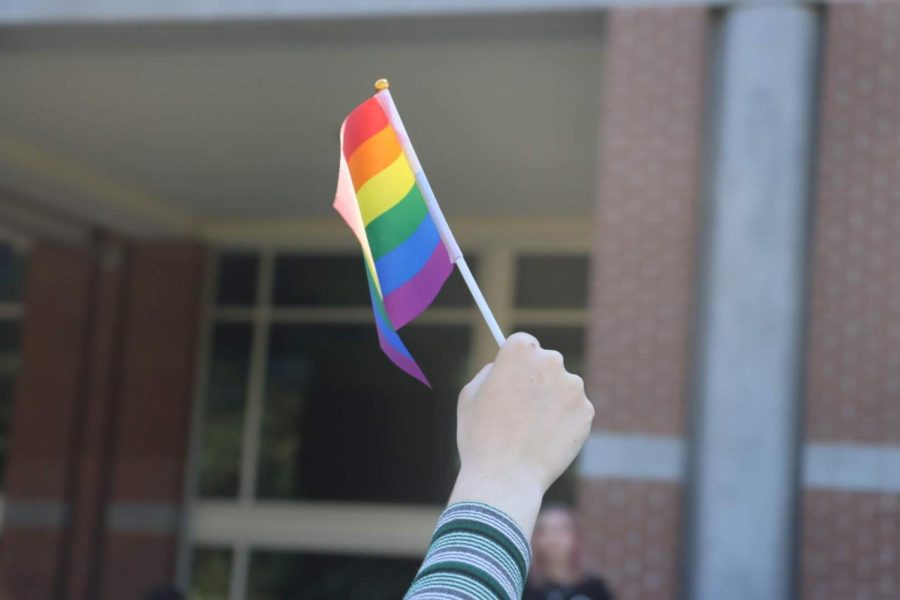

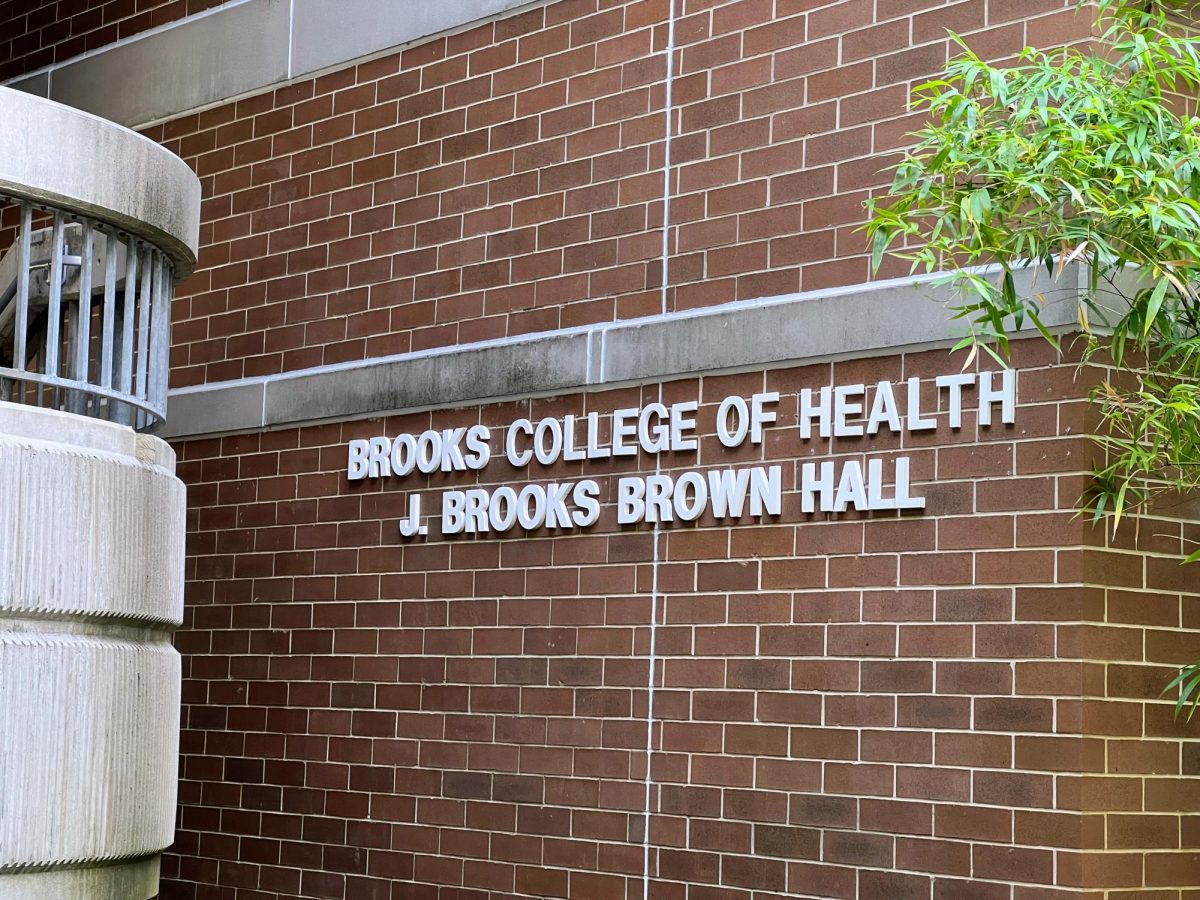


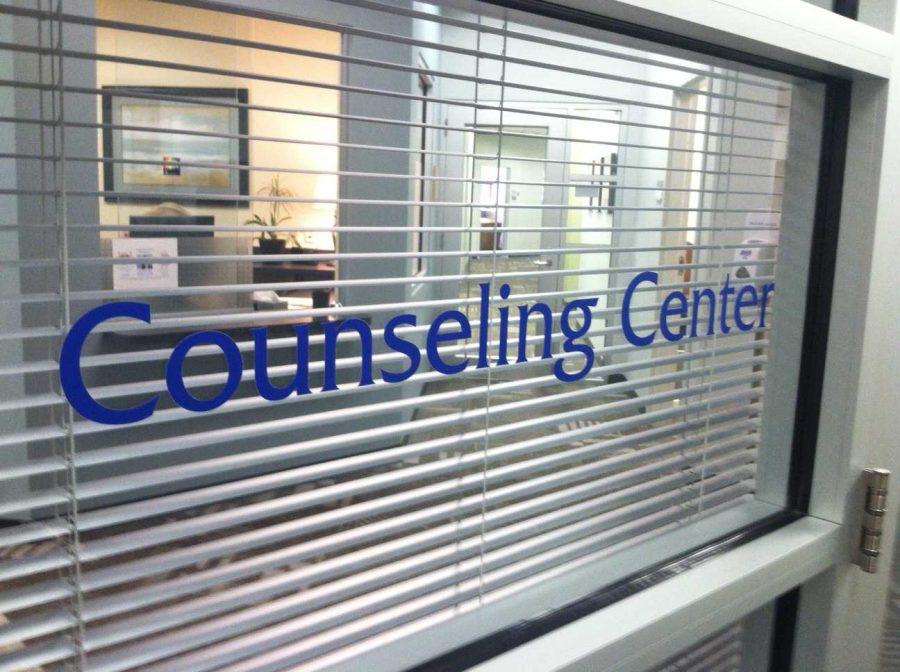

Jane Wembli | Dec 1, 2017 at 4:35 pm
I have been struggling with HIV/AIDS since I was 9 now, and I have 2 children for my husband, and now we can not continue to have other children because of my illness and now I have everything a human being like my husband and I can do just that my illness be cured, I went to several places to seek help, not even a person could help, until I melt a comment in the daily newspaper that was commented by Miss Marilyn on how this powerful traditional O doctor helps her cure the disease (HIV-AIDS) “my beloved”. First, having a help from a traditional spiritual healer was a misconception, but I think about it, will I continue to emphasize these illnesses all day when I have someone to help me save my life? “, so I help all of my religions and I put every interest in contacting you through your email address at drehimarespelltemple@gmail.com, so after sending you to help heal my illness, I will reply with the as soon as possible that I should not be afraid, that he is a true and powerful doctor that I first stated he was. So, after the whole set has been made, he has promised that I will be healed, but on a I I did everything by accepting your oracular fact and only to see that the following week Dr. Ehimare sent me in my mailbox that my work was done successfully with his powers, I was first shocked and then was the happiest woman on earth after I completed my final test at the hospital by my doctor who is now HIV negative.My roles to check are with me and now I am happy and happy for your miracle help and power .
With this, I owe it to all who can seek any help, be it for HIV cure or more to contact you now in this email below now,
E-mail: drehimarespelltemple@gmail.com
“Lord, thank you for your immediate cure of my illness, I must say for curing my illness, I owe you in return. Thank you and be blessed, sir.
My name is jane wembli.
Your email address is:
drehimarespelltemple@gmail.com And you can also contact with your WhatsApp +2348148343053